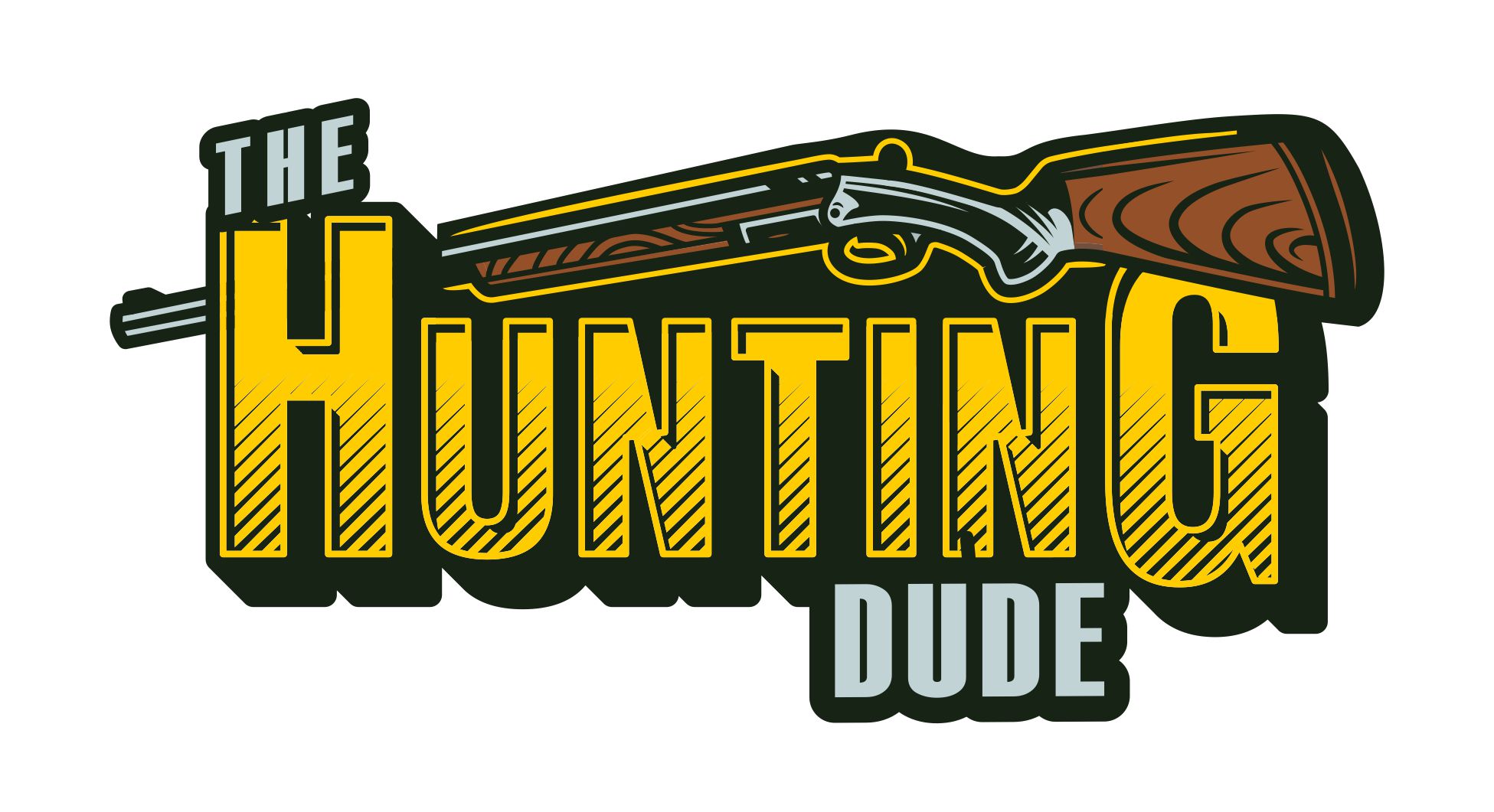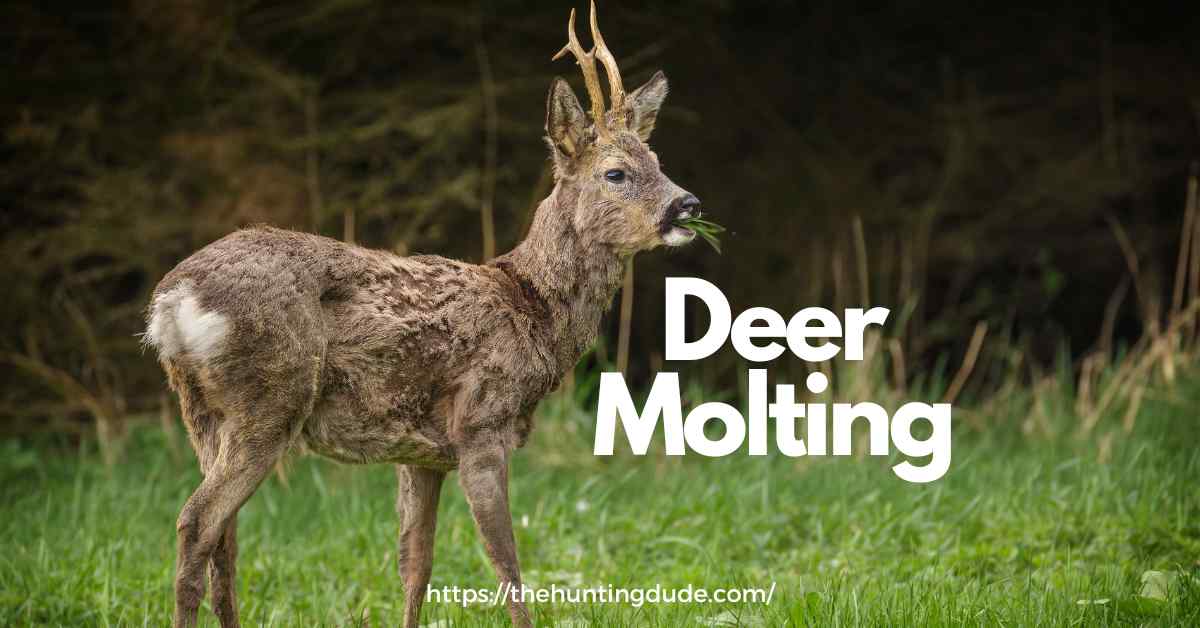Deer hunting is a common pastime for many people whether it be as a sport or for nourishment.
Successful hunting requires hunters to have an understanding of deer biology and behavior. However, molting is one feature of a deer’s biology that is frequently disregarded by hunters.
Molting is the process in which an animal grows a new coat while shedding old, damaged hair or feathers.
Do Deer Molt?
Coming to the main point of our article which is do deer molt and the answer is Yes, they do. Deer is among the many animals that go through the natural process of molting.
The molting process is crucial for the health and well-being of an animal as it allows for the growth of new healthy hair and feathers.
There are two distinct phases in the deer molting process which include the shedding of the old coat and the growth of a new coat.
When a deer is molting their behavior and movement patterns are affected and this is something that hunters need to be aware of.
When Do Deer Molt?
There are a few key factors that have a major impact on when deer molt, with the time of year being one of the most important factors.
Deer often starts molting in the late summer or early fall, in August or September. This is due to the fact that deer have their thickest coat during the summer which is to protect them from the heat and sun.
This is a crucial period for hunters to be aware of because it marks the beginning of the hunting season and the period when deer begin to roam more frequently and actively in search of food and potential mates.
Deer begins to molt their old coats and grow new, lighter ones in preparation for winter as the temperature begins to drop and the days become shorter.
The age and gender of the deer can also have an impact on when the deer will molt. Mature deer will start molting late in the season, while younger deer start molting earlier in the season.
Bucks mostly start molting later than other deer as they need to keep their antlers as long as possible to attract and mate with females during the mating season.
Why Does Deer Hair Stand Up?
Deer molting has the odd side effect of making the deer’s hair stand up or appear more “fluffy” than usual.
This is due to a process known as “piloerection”, in which the tiny muscles at the base of each hair follicle contract which causes the hair to stand up straight.
It can happen in response to a variety of stimuli, such as chilly weather, tension or anxiety, excitement, or anticipation.
Piloerection in deer supposedly happen when a deer molts because of the shedding of the old coat and the growth of a new coat. The surrounding hair become more prominent and stand up as the old hairs fall out and the young hairs force their way through the skin.
This can assist hunters in determining whether a deer is currently molting right now or molted recently. Particularly if the molting process is occurring quickly or if the deer is under a lot of stress or physical strain, this may give the deer a somewhat “bedraggled” or “unkempt” appearance.
Whitetail Deer Molting
One of the most prevalent and well-known kind of deer in North America is the whitetail deer, and each year, they undergo a distinctive molting process.
This molting process can happen at any time, depending on a number of variables, but it typically takes place in the late summer or early fall as the deer get ready for the next winter.
As a hunter it’s important to know when whitetail deer are molting as this can change their behavior and movement patterns. Due to the fact that they are growing a new coat while molting, deer may act more warily or cautiously than usual. They now become harder to approach or track and this could prove challenging for hunters.
The development and loss of antlers in whitetail deer during molting is an intriguing feature. Each year, bucks in the whitetail deer species grow antlers, which they then shed and grow again the following year. This might be a useful indicator for hunters to determine the deer’s age and gender.

